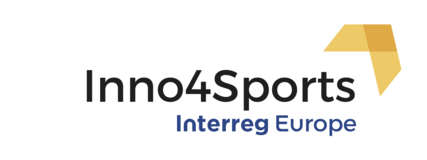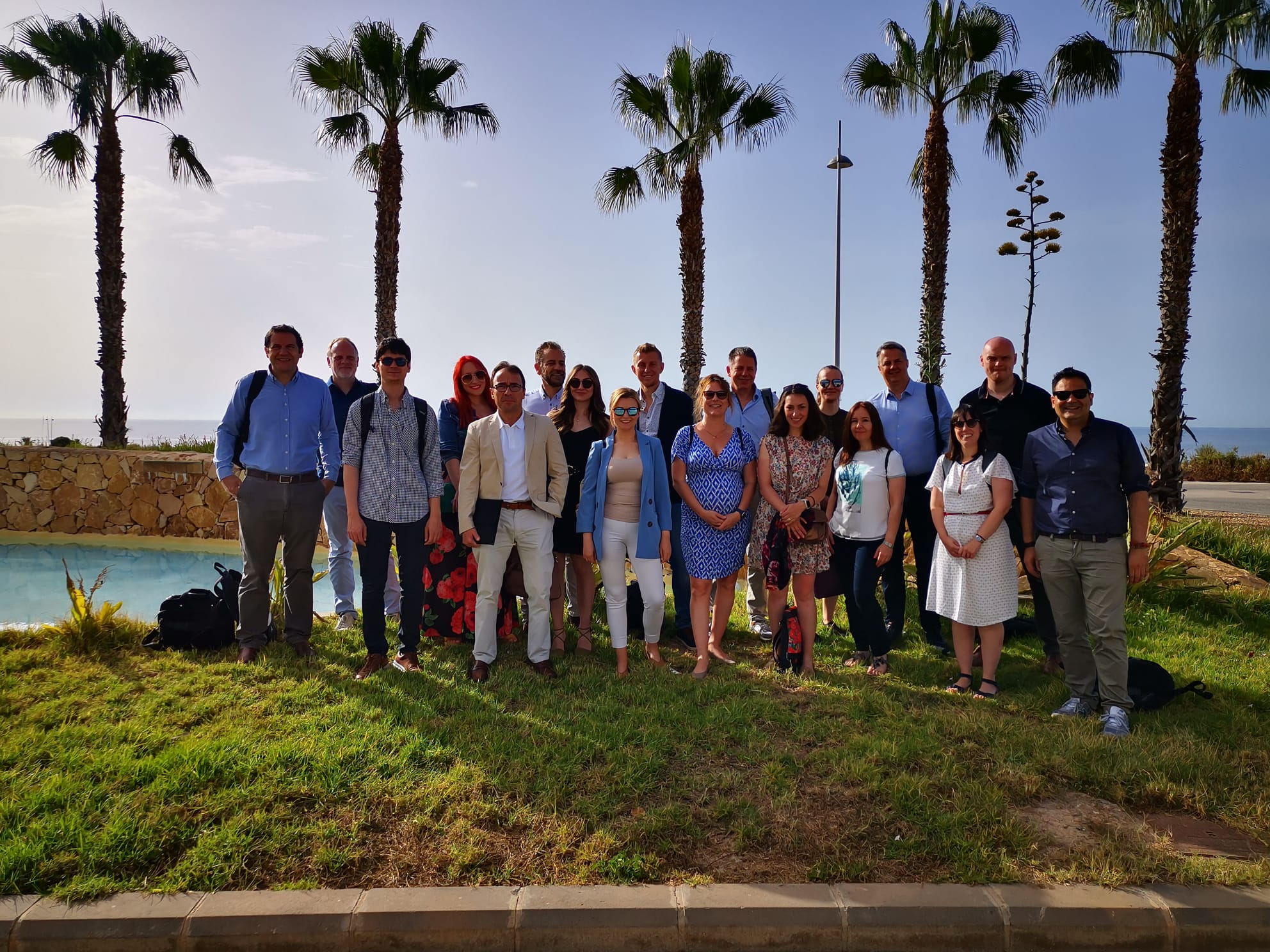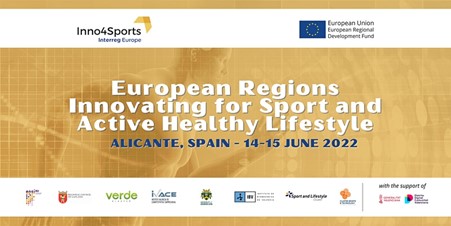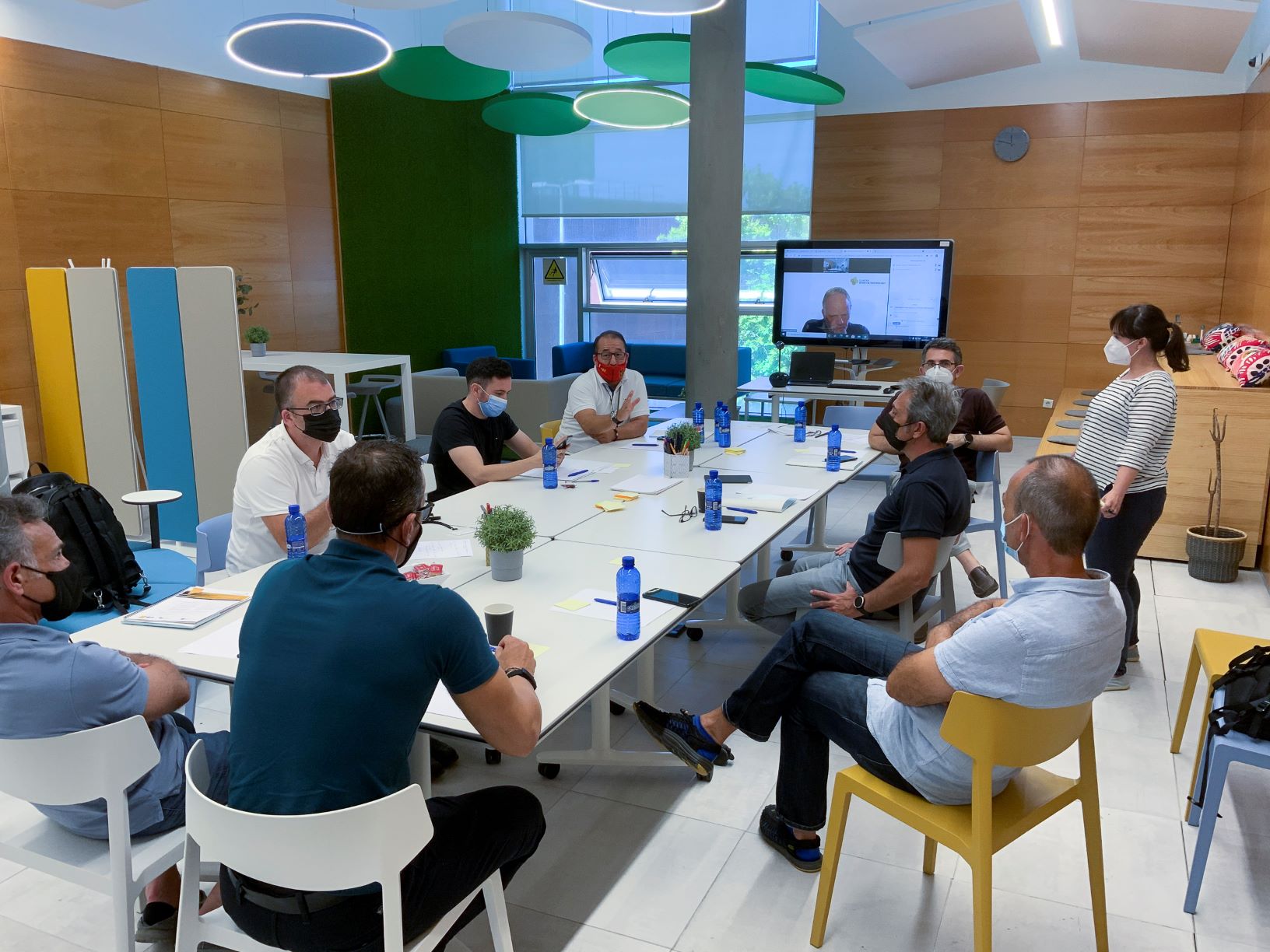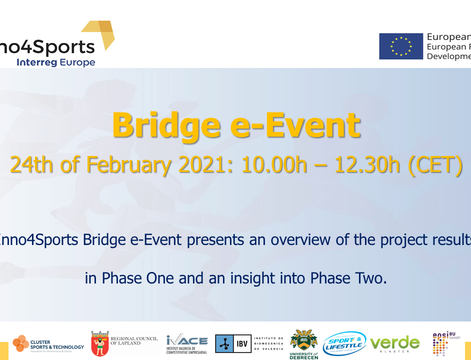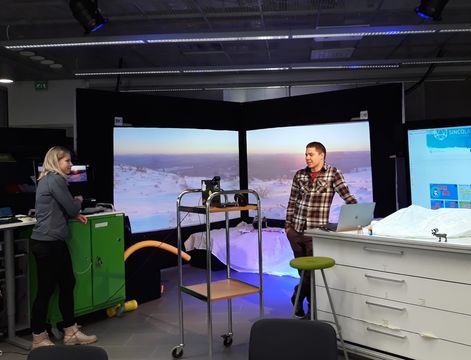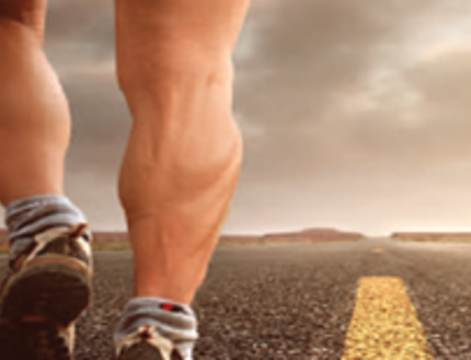Over recent decades the city of Valencia has undergone major development in all sporting aspects, including facilities, programmes and sporting events, at public and national and international level, professional sport, knowledge activities, meetings, conferences, and so on. Nowadays Valencia is universally recognized as a top tourist destination for people who love healthy life and sports. From the marvelous seaside to “The River” city park, and throughout hundreds km of bike lanes, you will find thousand of spots where to practice your favourite activity, from leisure ones to professional sport.
Within Inno4Sports project, IBV and IVACE have developed a Regional Action Plan (RAP) with the aim to improve regional development by increasing innovation in sport, health and tourism.
During Phase One of I4S Project, Valencia did a SWOT analysis and formed a quadruple helix stakeholders group including a smaller experts group. From this, general objectives for the RAP were stablished. Then, during the knowledge exchange activities of the project, good practices were identified and lessons learnt. They were shared with SG and experts to identify how they could contribute and inspire the RAP. To this end, physical and online sessions and interviews were hold. As a result, the RAP was developed gradually in a collaborative way in between the region before starting cross-reading exercises with other regions in the project so to present the RAP in December 2020.
There are many good practices and lessons learnt described in the RAP of Valencia.
1) From Brabant and Lapland.
To unleash the power of sports as an innovation and socio-economic driver, it is necessary to have a well-coordinated and consolidated regional sports innovation ecosystem. It has a to follow a 4D helix and cross sectoral approach. Key elements in the ecosystem are a good coordination and understanding between the different authorities. Sports innovation ecosystem work better if there is something that brings stakeholders together. Structures and mechanisms, like clusters, networks, living labs or facilities, acting as a glue and fostering synergies.
Sports events are a key element for leveraging the power of sports as an innovation and socio-economic driver. This was learnt from visits to Eindhoven (innovation at Eindhoven marathon) and Lapland (winter sports and tourism).
2) From Brabant.
Support innovation ecosystems around sports data and data generators (living labs, smart stadiums and smart active spaces, regions) is a rather low cost, and easy to develop, structure which can have a tremendous impact in people becoming active and also in innovation and business creation.
At Holst center (Eindhoven) we learnt that for sports digital innovation it is better to have a strong high-tech partner able to launch the technology to the market and exploit it (sensors, for example) by fostering the development of applications. Otherwise, it seems wise to focus in applications of this technology.
3) From Brabant, Lodz and Lapland.
Sports and tourism is a big opportunity for Valencia, specially for nature sports, but it has to be carefully done to make it sustainable. We learn this during the IE and KCS in Lapland as well as from the online IE from Lodz. The stay and visits at Pyha Tunturi National park and the presentation about the Lodz Horse Trail the clearly inspired this learning.
With the RAP, IVACE and IBV would like to increase the regional relevance of sports as a sector well organized and active, contributing more to socioeconomic development by means of cross overs with other sectors like health, tourism and creative industry. To this end, the goal is starting a so-called Data Driven Innovation Hub for Sports acting as a gluing and dynamizing element for the ecosystem . It is a one-stop shop for entities interested in applying data sciences for identifying, developing, testing and launching new products, services, policies, business and so on.
The RAP will surely help to reach this goal. First of all, the RAP includes submitting the creation of the hub to a regional call for proposals funded with SRDF. Second, the hub is expected to increase the number of innovations, SMES and startups around sports and physical activity. For that, the RAP aspires to increase the support of regional policies to sports innovation with a transversal impact. In this sense, existing calls need to include some modifications to promote innovation in sports supporting projects identified at the hub.
Authors: Francisco Ferrando - IVACE, Enrique Alcantara - IBV and Giuseppe Caprara – IBV
